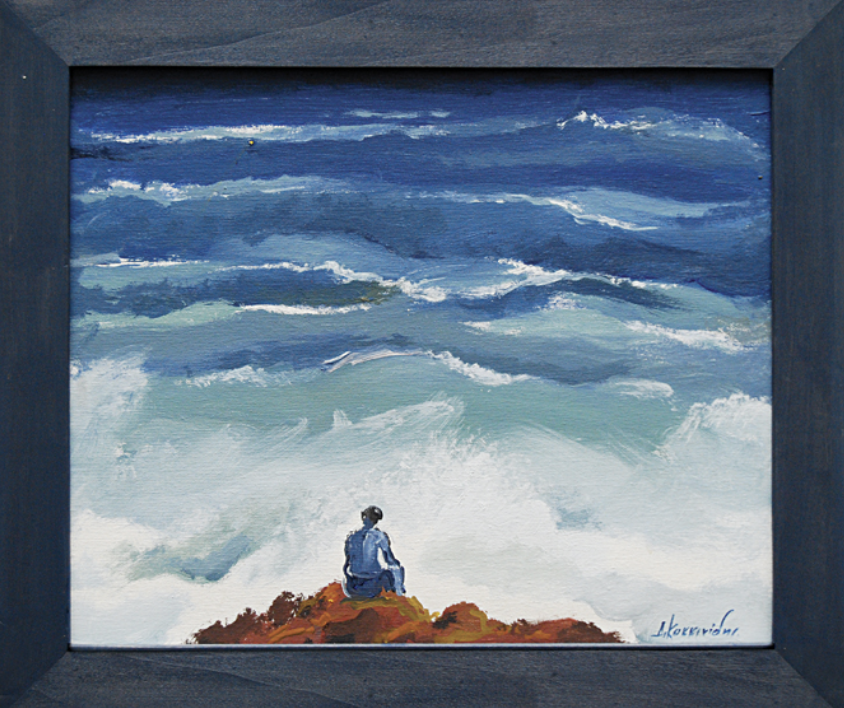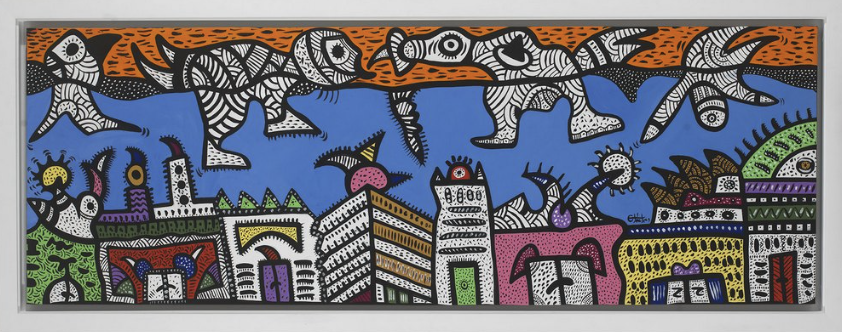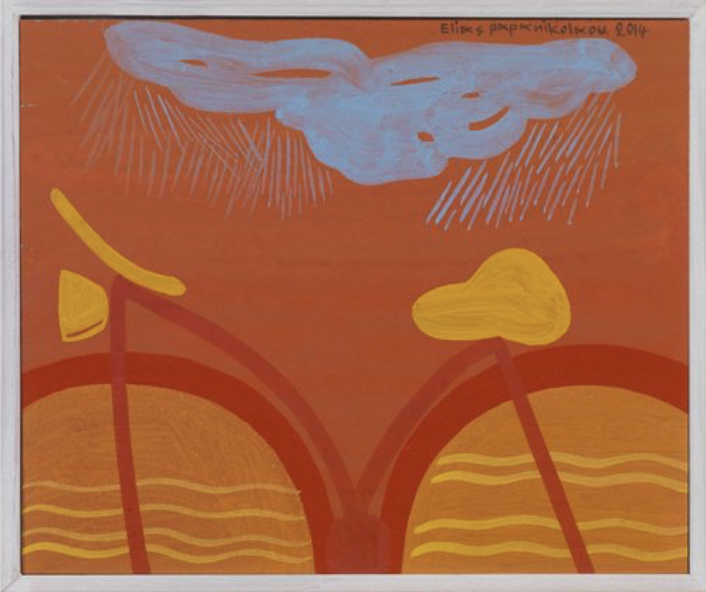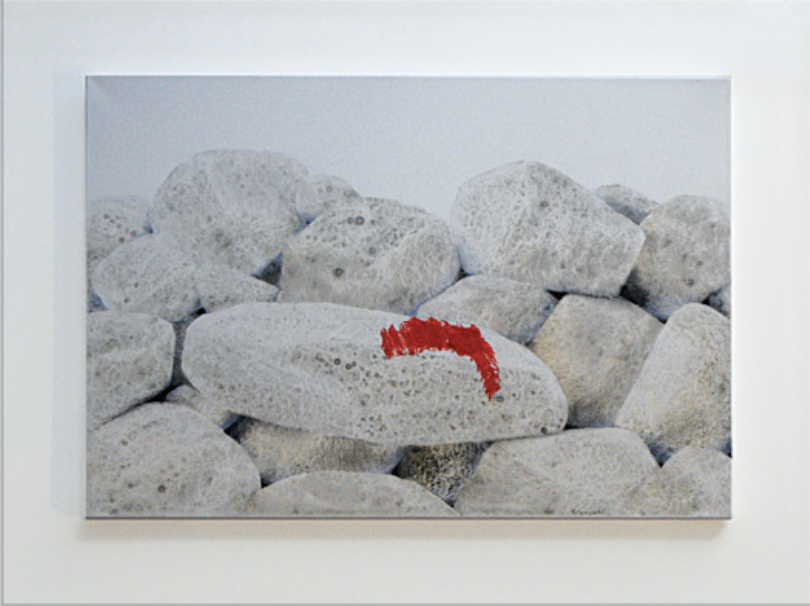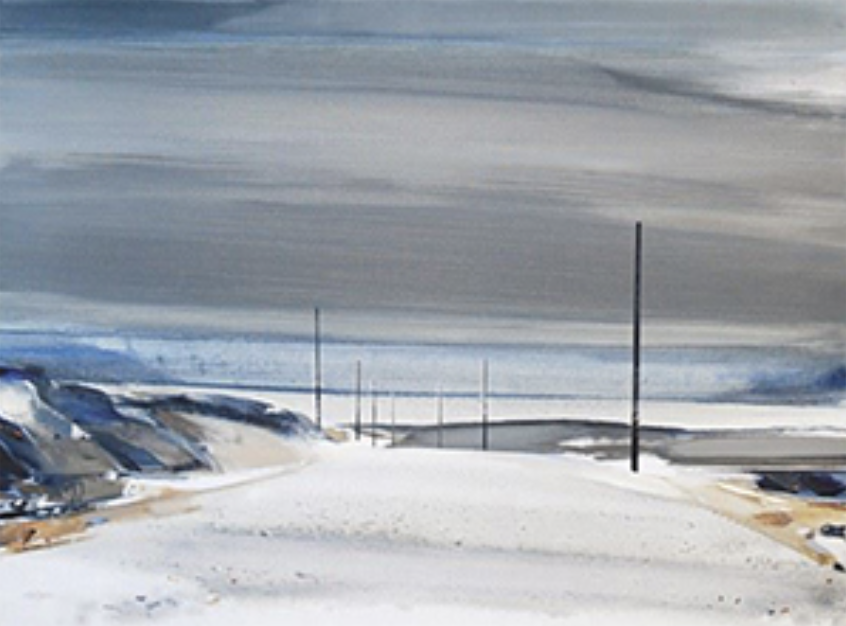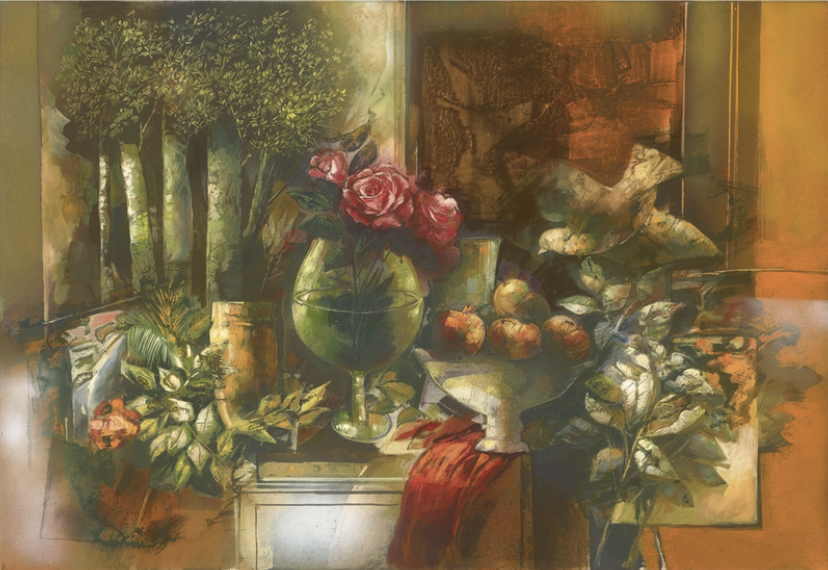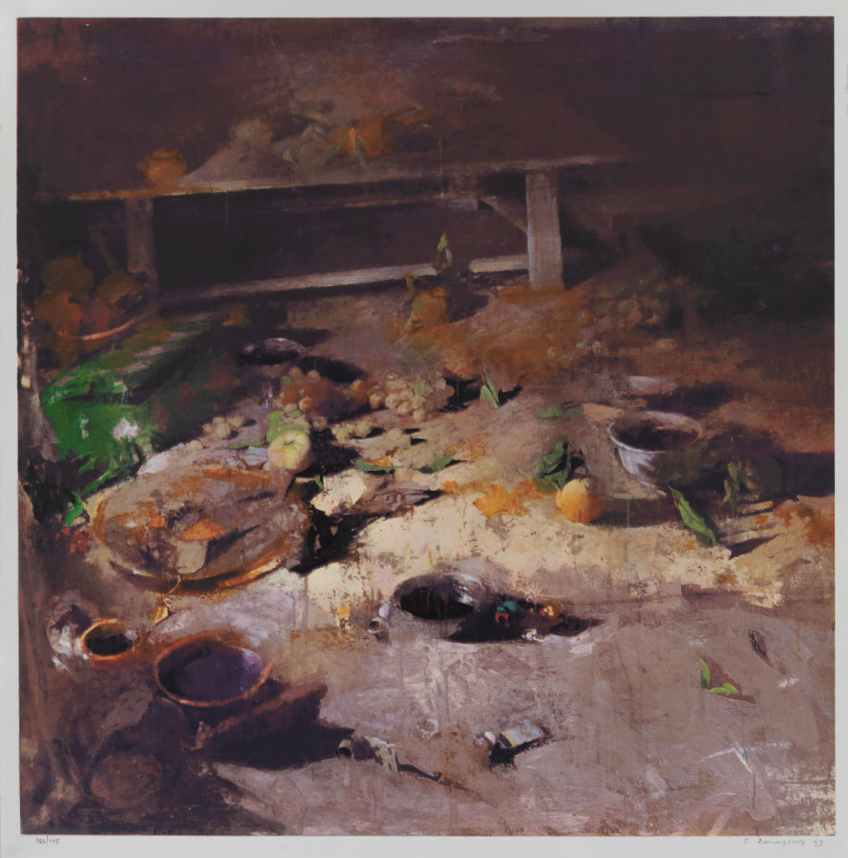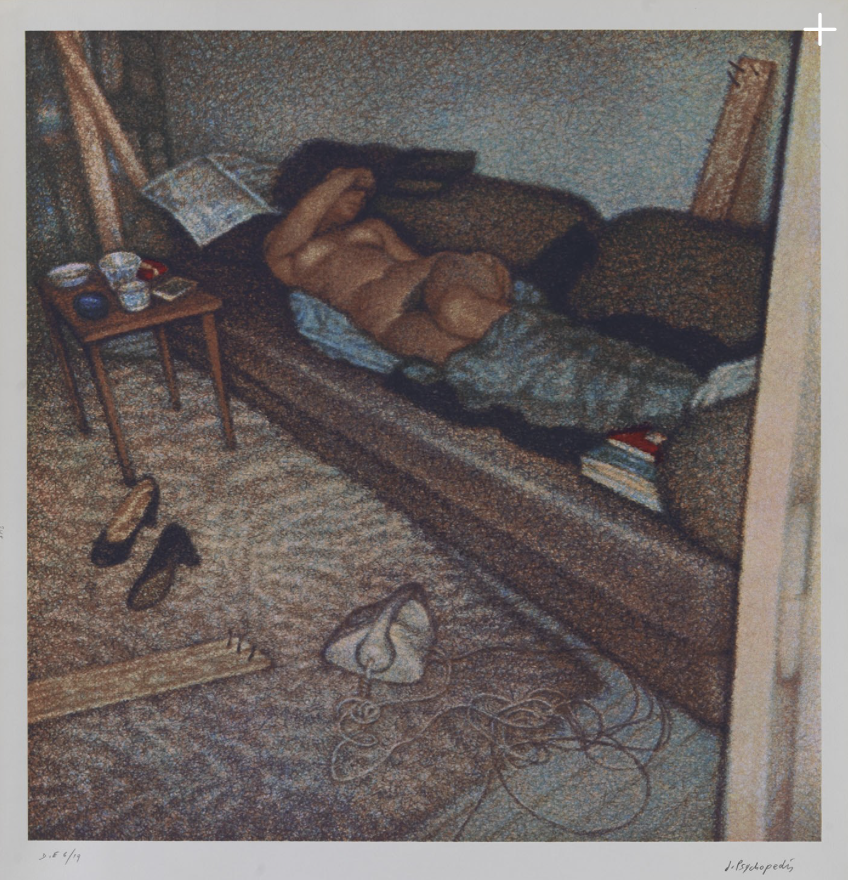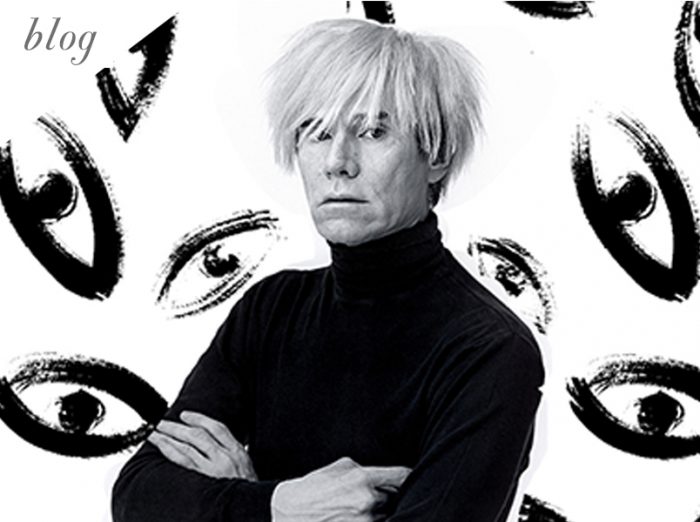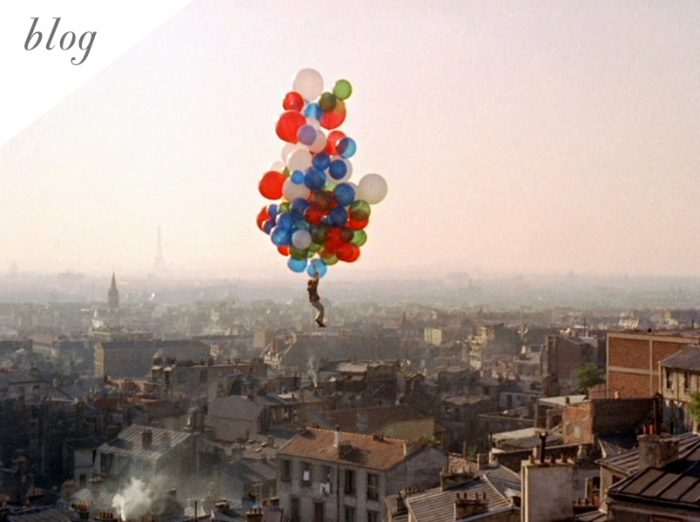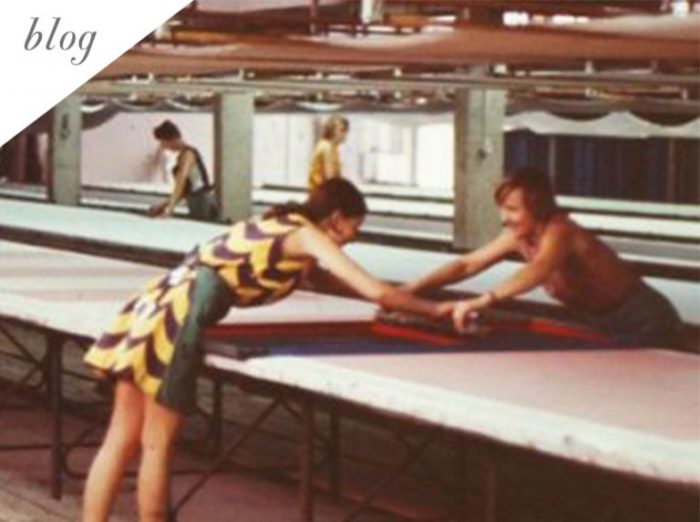An Autumn Welcoming through of our artists eyes
We are now on the doorstep of autumn, a season which, together with spring, has been the favorite of artists during the centuries. Come to think of it, even summer images have something of autumn, the sweet melancholy of early dusk. Artists have always been prone to this magnetic, autumn atmosphere, to the sudden popping of colorful umbrellas, to the transfiguring fleeing of leaves and the steaming tea-cups, but most importantly to all those earthly colors, those unimaginable tones of green and brown, which accompany young children to school in a scenery paying homage to autumn’s natural laws and rhythms.
Due to their subtle nature, artists have always been more sensitive and unpredictable to the change of seasons. In an effort to look through their eyes, taking a glimpse of their soul, we have chosen certain works by Greek artists, which will guide us through the changing scenery, leading us into the forceful and magical dance of the newborn season.
Everyday life is taking its course, leaving the laziness of summer behind in the streets of New York, as seen by Mina Valirakis. The rainy sensation is almost inevitable, the odors of dump soil almost tangible, emerging though color contradictions.
Dimosthenis Kokkinidis’ paintings denote an inner, emotional tempest. A farewell, the sweet sadness of future reunion. The abandoning of a carefree, joyful season for a new, hazier and much moodier one. A symbolic analogy between the course of love and the course of nature, celebrating the inevitability of autumn as a natural law. Just like love, which could never dwell in a perpetual spring.
Thanassis Lalas’ paintings pay homage to Italo Calvino’s, as well our personal invisible cities. They express the hope which exists in the inevitability of every little death. They connote the upcoming end of the year, with the realization that tender seasons are forever gone, only to be replaced by sadder and grumpier ones. The airy impression of birth’s intense colors gives us a sense of rebirth. As the author himself states: “There are times I feel your voice coming to me from afar, while I am still here, imprisoned in a flamboyant yet unbearable present, where all forms of coexistence have reached the end of their circle, making any future demonstrations simply unimaginable. And I can hear in your voice all those invisible reasons for which the cities have been brought to life and for which, after they have crumbled into oblivion, will be brought to life once more.”
Ilias Papanikolaou’s small paintings were chosen for their construction and deconstruction of space. For the tender sadness engulfed in the artist’s iconography pigments. For his ability to dress the simplest of forms with an element of provocation. Just like the autumn drizzles dress a rainy day with an element of rituality, a kind of divine quality. Is the sun’s constant company what makes the slightest blow of the wind, the slightest drop of rain seem so magical?
The predominance of decay in Sotiris Sorogas’ works, coming upon us day by day. Such a realistic, frightening thought. And at the same time such a provocative realization, making us run, create, strive to catch up with time, evolve before the impending end dissolves us into dust. As the poet Athos Dimoulas writes: “And I fear my hand on these stones will precipitate decay, bringing ruin to the ruins.”
Kostas Spiriounis’ empty landscapes. The desolation of the countryside after we’ve ran off to school, business and schedules. The lifelong contracts we have signed on the altar of progress and productivity. And the country, lonesome through fall and winter, awaiting to be filled with our craze, our sadness, our tiredness and frustration in the upcoming summer.
Konstantinos Tolis’ images symbolizing a reverse flow. Summer is flowing slowly under our feet in a light breeze and suddenly, the early sunset changes the leisurely tempo of our lives. This particular change of seasons is the most strainful of them all. Having transcended from the peacefulness of spring into the joys of summer, you are suddenly confronted with shades of grey, faster, crazier and more demanding. Autumn sees to it that you do not come into winter unprepared. The color combinations in Konstantinos Tolis’ works remind you how burdensome the transition from joy to melancholy, from yellow to dark grey can be.
Antonis Apergis’ still lives were chosen for their dreamy atmosphere, their earthly colors and the connection of ripe fruits to the fresh blossoms, symbolizing the succession of seasons in a temporal calmness.
Stefanos Daskalakis’ harsh paintings makes you worry for what is yet to come. His works have a lurking melancholy, a threatening decay which foretells a kind of death, reminding us nature’s death every autumn into a naked, winter scenery.
At the end of this brief journey into the realms of melancholy, Yiannis Psichopedis’ work always comes into my mind. Not for the gravity of the theme, nor for the beautifully laid body. It comes into my mind because of its melancholic warmth, which reminds me all those daily labors, the yearning for beauty, as well as the beauty of the labor itself. The clumsily thrown pair of shoes denotes all the lonely people who have no reason of sticking to a program, no need of respecting any rules of coexistence. It denotes all those misfits, who linger in a devastating loneliness, even though it seems to be the least of their troubles. It is an image, which always make me relive the sorrows of separation, the sorrows of a love incomplete, or forever ended. It reminds me of autumn, which brings even greater coldness into these surrendering hearts, devastating these chilly households.
The upcoming fall will find us less lonely into the arms of Art and Beauty, the only bosom never to betray us. May you find your kindred spirits and marvel together at the beauty of autumn in the arts.
Maria Myl
Art Lover


